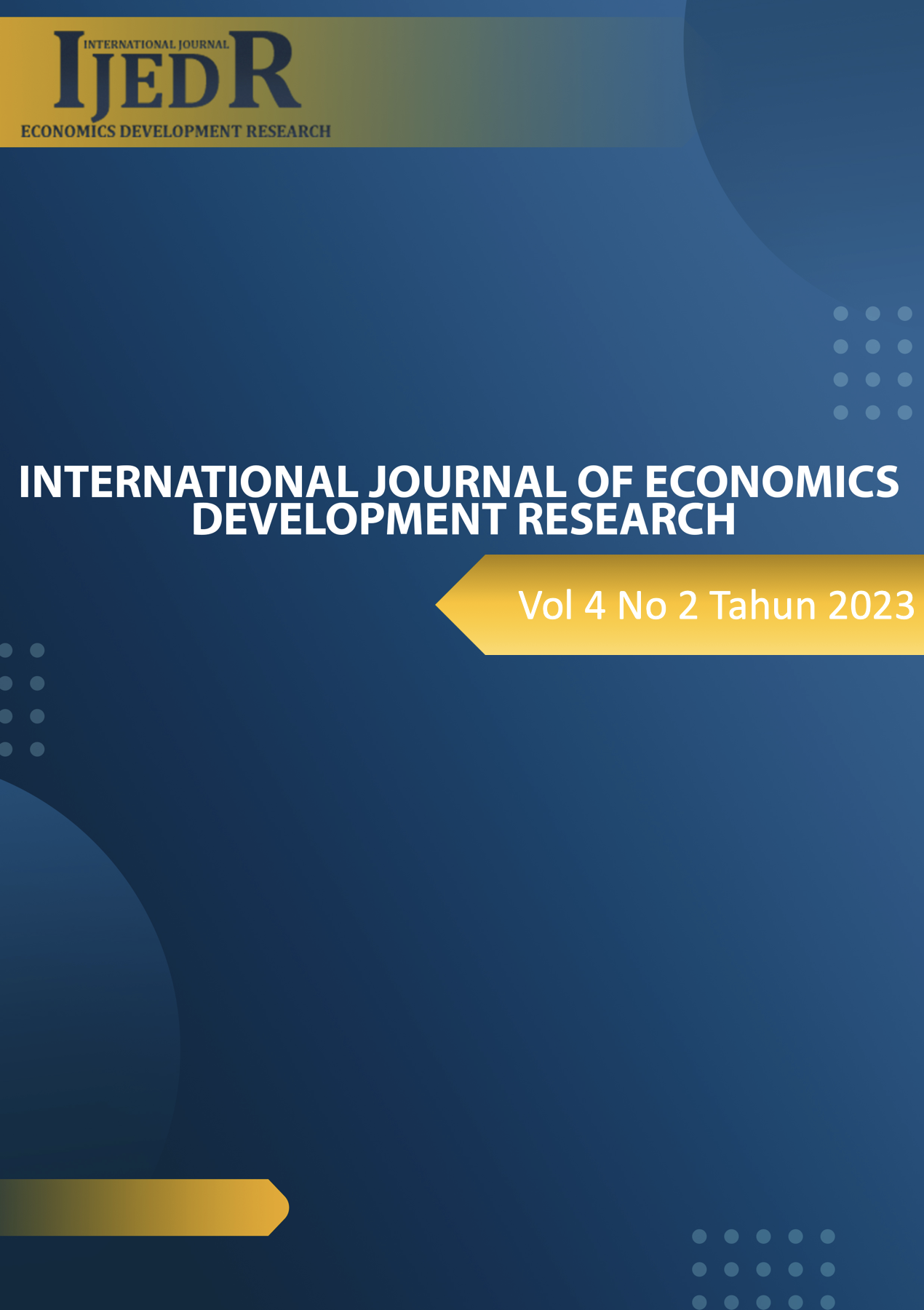The Mechanism for Disposal of Equipment and Machinery Assets Owned by the University of Indonesia through Auction Sales at Auction Houses/Class II Auction Officers
DOI:
https://doi.org/10.37385/ijedr.v4i3.3477Keywords:
Asset Write-off, PTN-BH asset management, Good University GovernanceAbstract
Implementing guidelines for the elimination of equipment and machinery assets through auction sales at Class II Auction Halls/Auction Officials is the latest breakthrough for UI as a Legal Entity State University (PTN-BH). This guide not only guarantees transparency, integrity, and regulatory compliance when delisting assets, but also becomes an important part of UI's asset management strategy. Having equipment and machinery asset write-off guidelines that set time limits is a very important step. However, in reality, the absence of guidelines related to the elimination of special assets of equipment and machinery and the absence of standards for the time or duration of implementation related to the asset write-off flow process make asset managers tend to be reluctant to write off assets. The reason for this is because of the lengthy administrative procedures and considerable time required for each asset write-off process. Qualitative research has been conducted to understand the implementation mechanism of the removal of equipment and machinery assets in UI through auction sales that are already underway. The results showed that this process took significant time. Therefore, it is very important to develop specific guidelines that are in accordance with Rector's Regulation no.11 of 2020, as well as set realistic time standards. The approach is carried out with three methods in making standard time / duration of activities (PMBOK guide 5, 2013), namely with Analogue Estimating, Group Decision Making Technique and Reserve Analysis with the main aim of ensuring that the process of removing equipment and machinery assets owned by UI through auction does not exceed six months. Through this research, we emphasize the need for a focused and efficient flow in the elimination of equipment and machinery assets through auction sales at Class II Auction Halls/Auction Officials. Thus, UI can improve process effectiveness, ensure regulatory compliance, and achieve Good University Governance optimally.
References
Barth, M. E. (2006). Including estimates of the future in today's financial statements. Accounting Horizons, 20(3), 271-285.
Braun, B. (2021). Asset manager capitalism as a corporate governance regime. The American political economy: Politics, markets, and power, 270.
Fadila, R. N., & Suryaningrum, D. H. (2023). Fixed Assets Account Audit Procedures at the YG Community Health Center. Sustainable Business Accounting and Management Review, 5(2), 14-25.
Hariyono & Amirul, H. (2007). Metodologi Manajemen Aset. Pustaka Setia.
Katsamunska, P. (2016). The concept of governance and public governance theories. Economic alternatives, 2(2), 133-141.
Masaro, M.M. (2018). The Disposal Practice of Materials in the Public Sector (The Case of Selected Sub-Cities of Addis Ababa, Ethiopia). Research Journal of Finance and Accounting, 9(1) Retrieved from https://www.iiste.org/Journals/index.php/RJFA/article/viewFile/40799/41955.
Martono, S., Nurkhin, A., Pramusinto, H., Afsari, N., & Arham, A. F. (2020). The Relationship of Good University Governance and Student Satisfaction. International Journal of Higher Education, 9(1), 1-10.
Mindarti, L. I. (2016). Aneka Pendekatan dan Teori Dasar Administrasi Publik. UB Press.
Mulyadi, D., Gedeona, H. T., & Afandi, M. N. (2016). Administrasi Publik Untuk Pelayanan Publik (Endah Jubaedah & E. Yustiono (eds.). CV Alfabet.
Rana, S., Verma, S., Haque, M. M., & Ahmed, G. (2022). Conceptualizing international positioning strategies for Indian higher education institutions. Review of International Business and Strategy, 32(4), 503-519.
Sari, M., Qorib, M., Harahap, S. H., & Jufrizen, J. (2018). Good Governance In Private University In Medan City. International Journal Of Research In Business And Social Science (2147-4478), 7(4), 21-29.
Schraven, D., Hartmann, A., & Dewulf, G. (2011). Effectiveness of infrastructure asset management: challenges for public agencies. Built environment project and asset management, 1(1), 61-74.
Sugiama, A. G. (2013). Manajemen Aset Pariwisata. Guardaya Intimarta.
Sutrisno, M. (2010). An Investigation of Participation Project Appraisal in Developing Countries Using Elements of Value and Risk Management, 1.
Wulandari, D. (2020). Pelaksanaan Penghapusan Aset/Barang Milik Daerah di Sekretariat Daerah Provinsi Riau Tahun 2017. JOM FISIP, 1.





